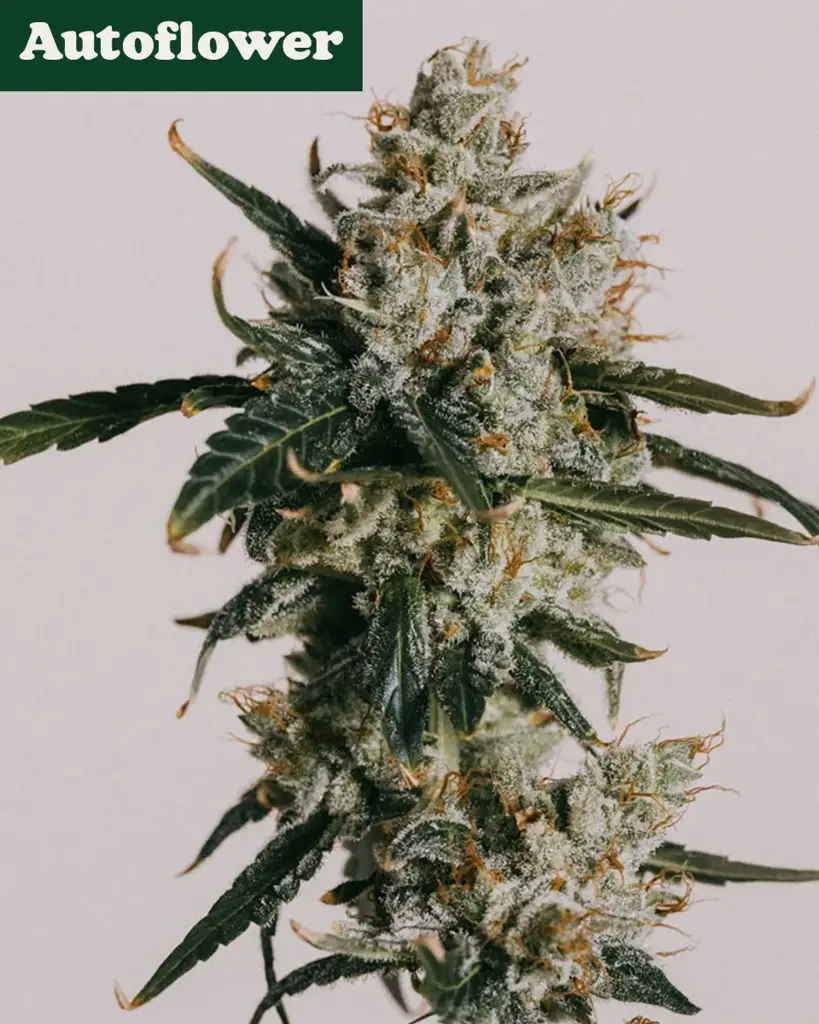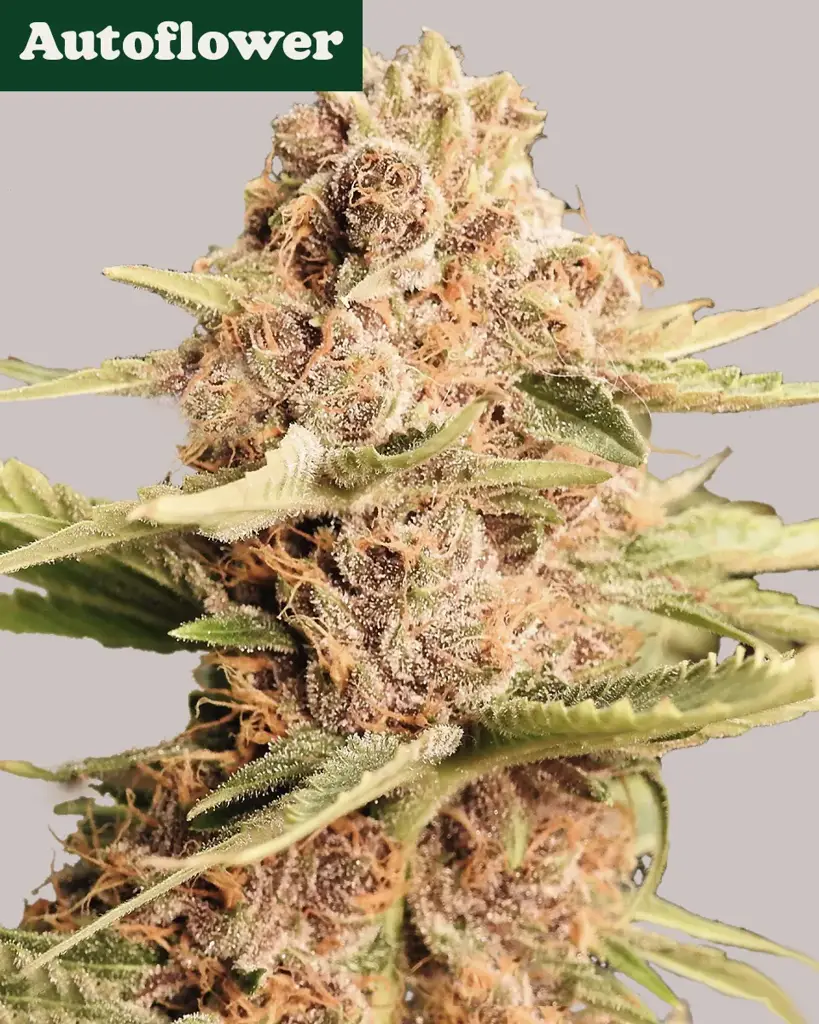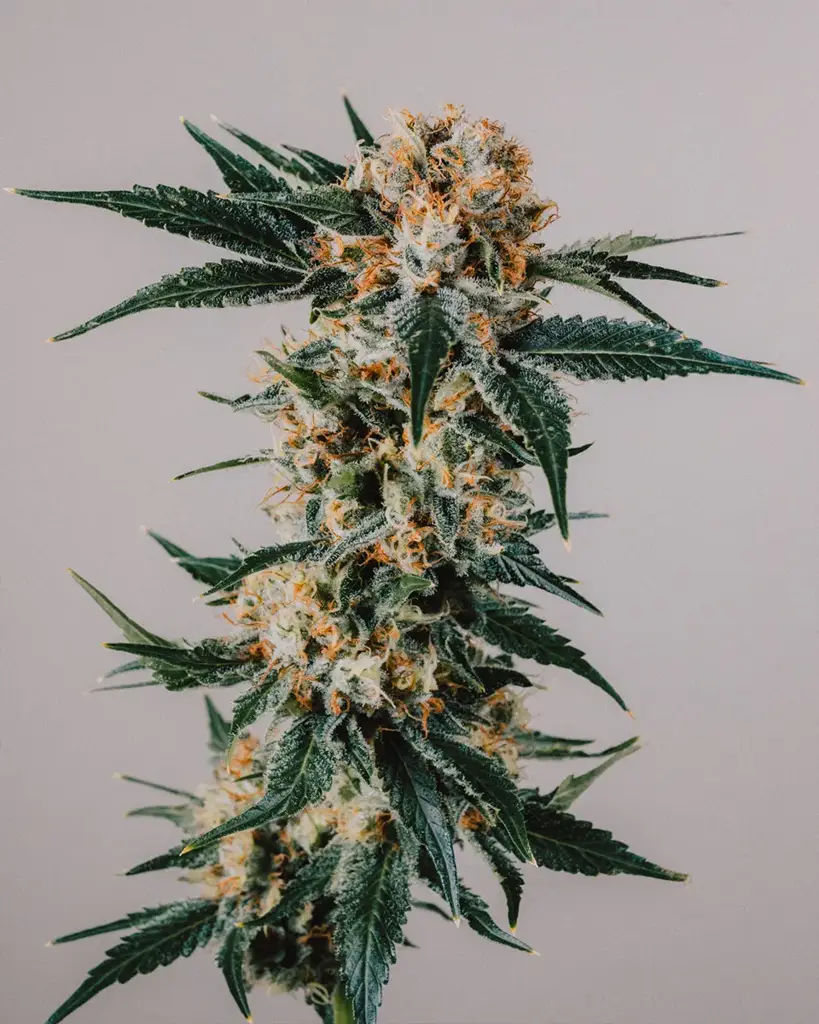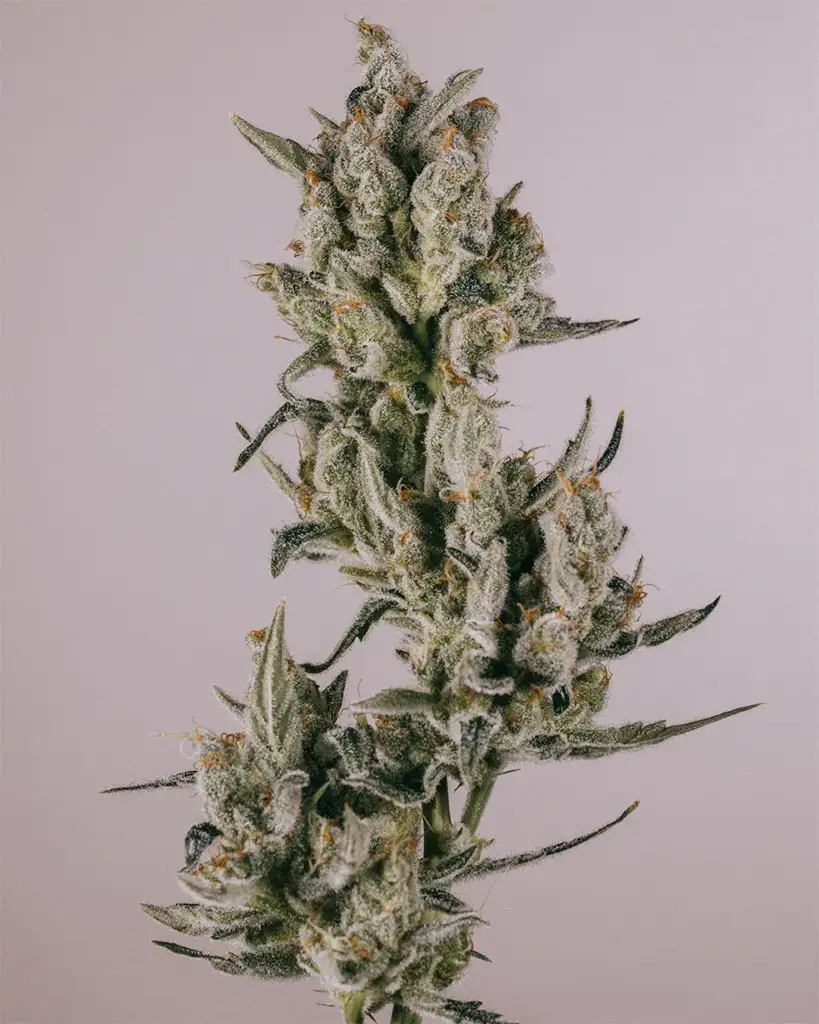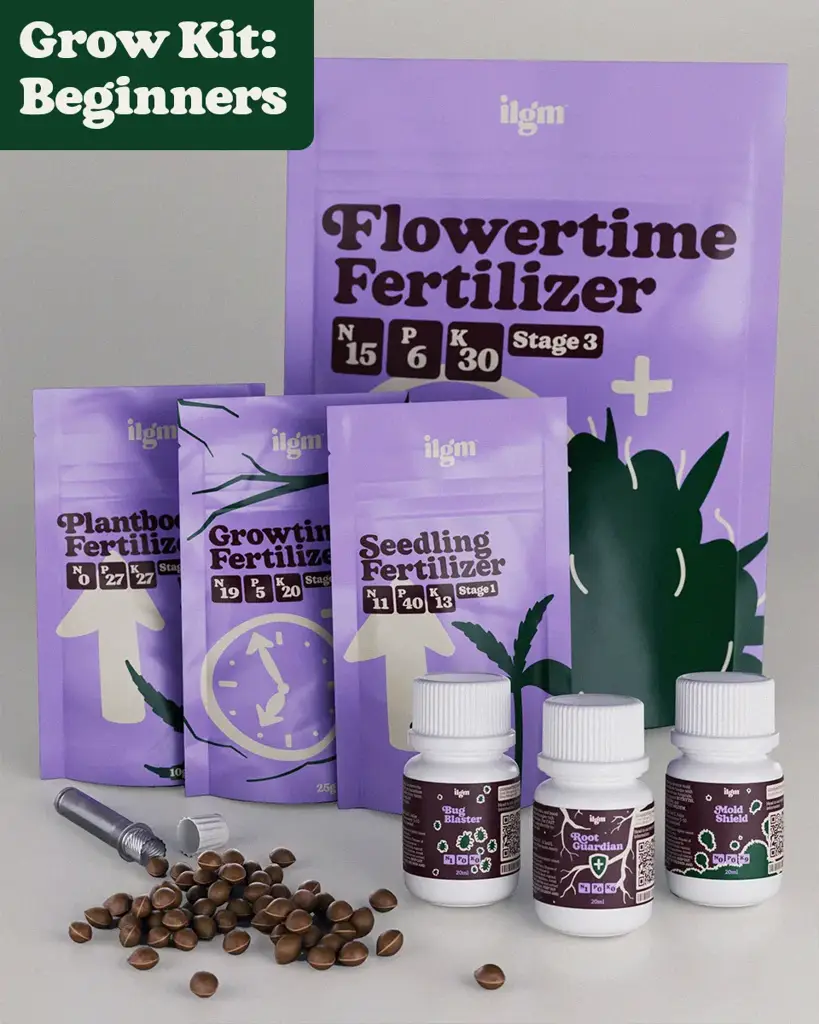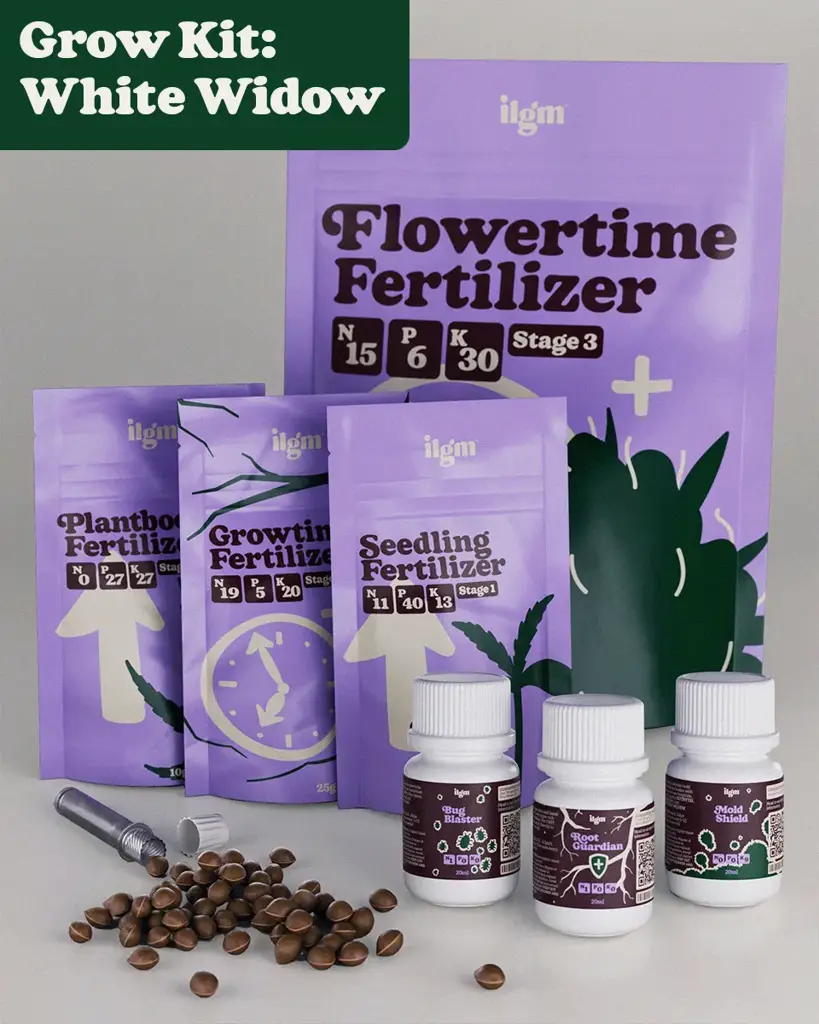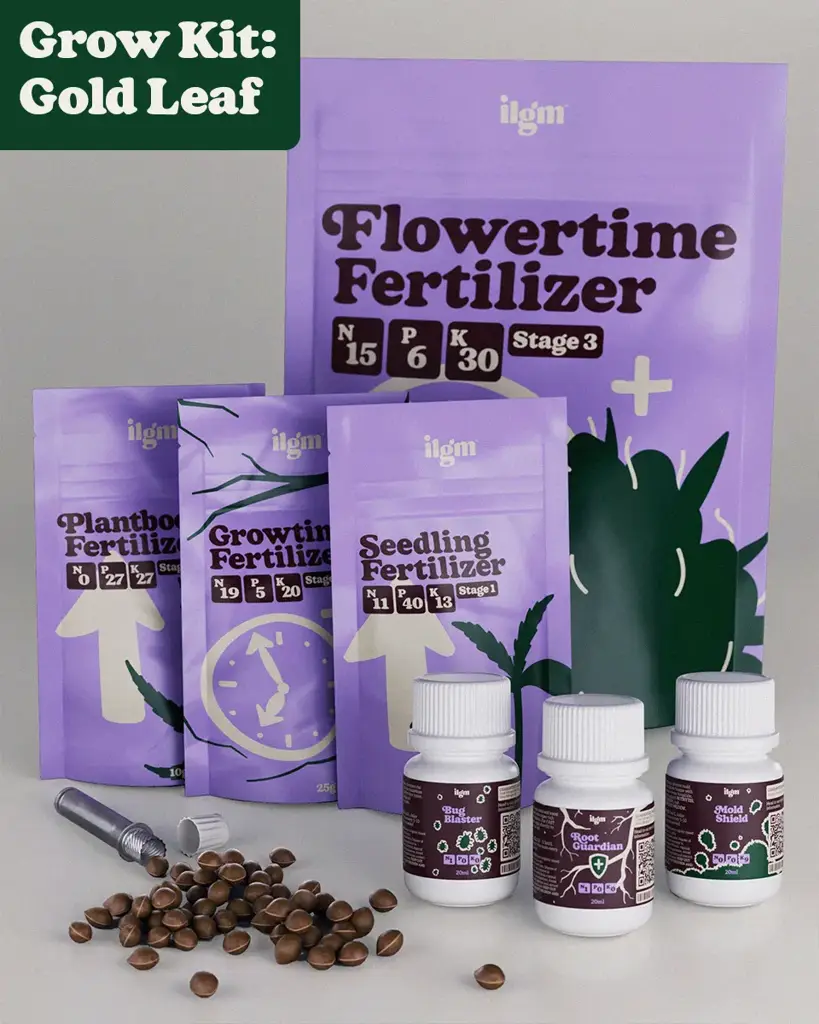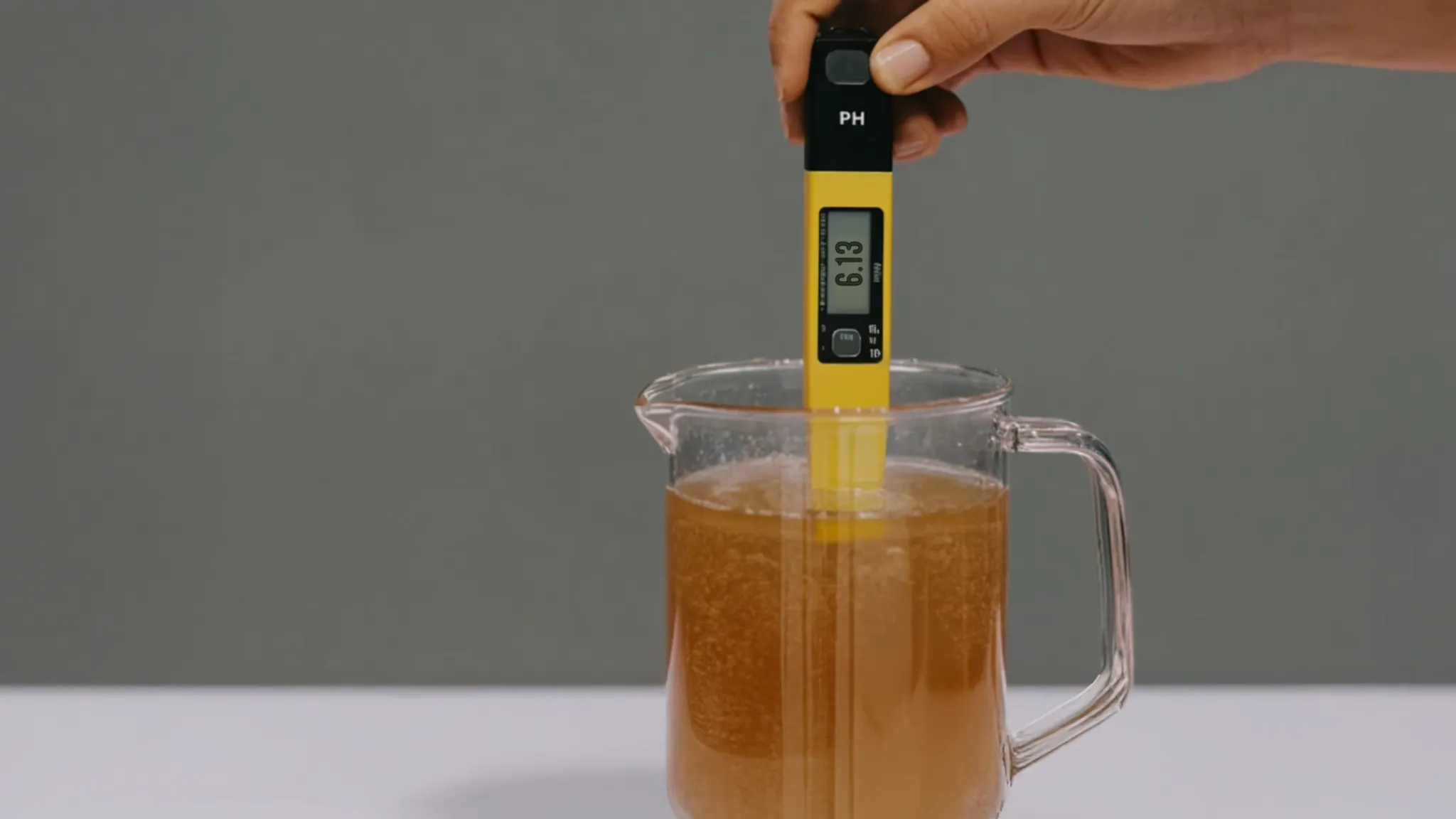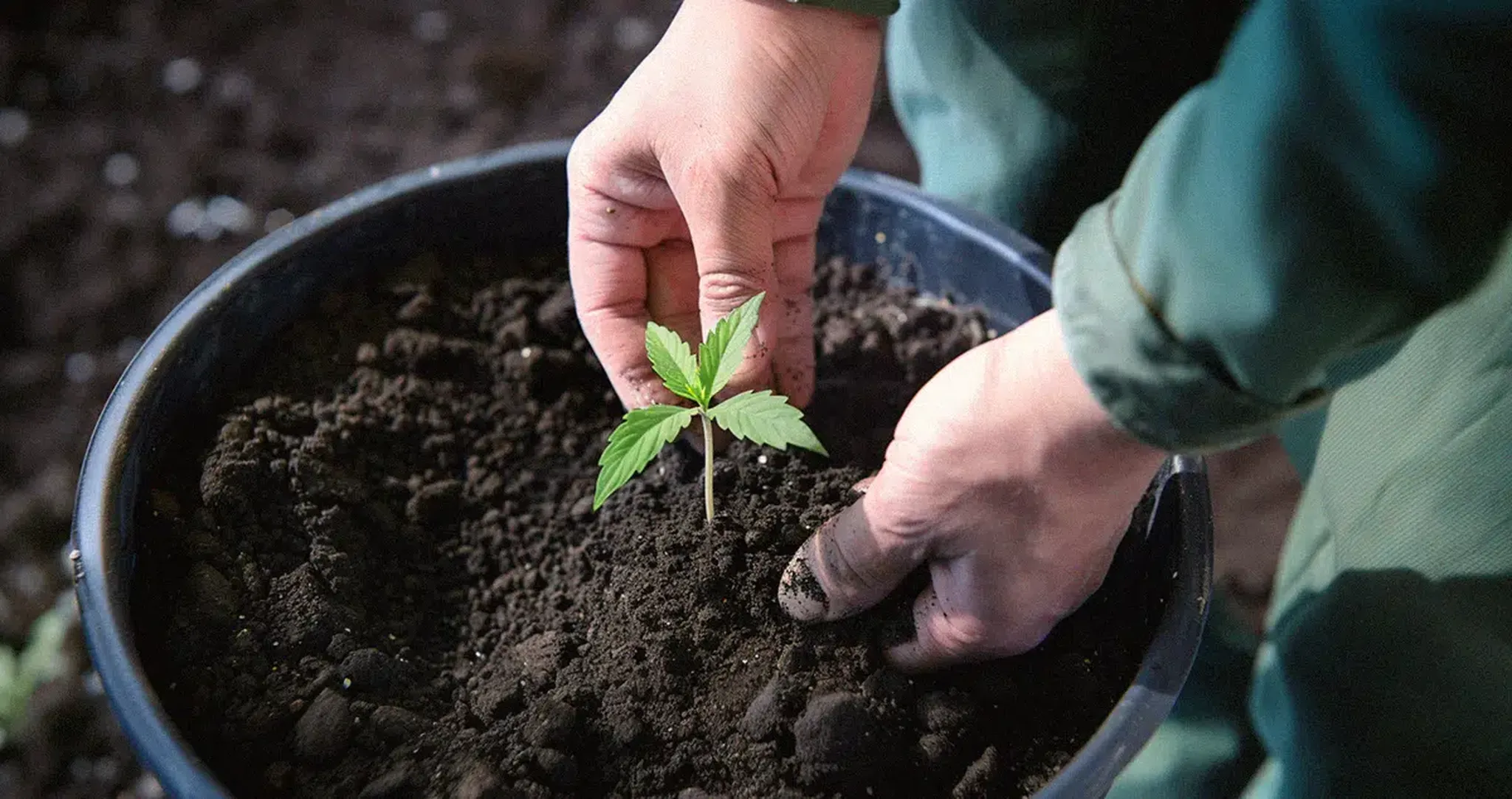
Why Are My Weed Plants Growing So Slow?
No grower likes to see their precious weed plants growing slowly. If you're seeing slow growth, don't worry – it's a common problem that can usually be solved with some simple adjustments.
Today, I’ll walk you through some of the most common reasons why your weed might be growing slowly and what you can do about it. Let’s get those buds back on track.
Table of contents
8 Reasons for Slow Cannabis Growth & How to Fix Them
Patience is an important part of growing weed. Cannabis plants growing slowly can be really frustrating. Maybe your autoflowers are growing slowly, or your photoperiod cannabis plants look stunted; below are the reasons why your weed plants are growing slowly or have stopped growing at all and what you can do about it.
Poor Genetics
First off, let’s talk about genetics. Not all cannabis seeds are created equal. If you're using old seeds or some random ones from a friend, they might not have the strongest genes for growth. Poor genetics can lead to slow germination, sluggish growth, or make your cannabis plant not grow at all. If your cannabis plants are growing slowly from the start, it might be worth trying new seed stock.
To make your life easier, start with high-quality seeds from a reputable source. Weed plants growing slowly due to poor genetics can be avoided. It is worth investing in good genetics. Good genetics give your plants a strong foundation to thrive.
If you’re working with clones, some strains have rooting issues. Dipping the cuttings in a natural rooting hormone like aloe before putting them in the rooting medium can help stimulate root growth. Selecting quality seeds or fast-rooting clones can save you a lot of headaches later on.
Our Bestsellers
Nutrient Deficiencies

Cannabis needs a balanced diet to grow properly, and nutrient deficiencies are one of the most common reasons for your cannabis plant growing slowly. Knowing how to diagnose stunted growth in cannabis plants is essential, as deficiencies can often look similar to nutrient toxicities, making them tricky to diagnose.
A big clue is timing: if you’re using a commercial potting mix, nutrients generally run out after 3-4 weeks. In the vegetative stage, cannabis requires plenty of nitrogen, while during flowering, it needs less. Nitrogen is crucial for the development of healthy foliage, but during flowering, your plants need more phosphorus and potassium to help produce big, resinous buds.
Make sure you're feeding your plants the right nutrients for their specific growth stage to keep them healthy and growing strong. Calcium and magnesium are also vital for healthy growth – they help with cell structure and nutrient uptake. If you notice your leaves curling, turning yellow, or showing spots, your plants could be lacking in these secondary nutrients. A balanced feeding program that includes micronutrients like zinc, iron, and manganese is important to avoid your cannabis plants growing slowly.
Overwatering
Believe it or not, overwatering is one of the most common mistakes new growers make. While cannabis definitely needs water, too much of it can drown the roots and result in your cannabis growing slower. Excess water makes it hard for roots to get oxygen, which is also crucial for growth.
To prevent overwatering, make sure your pot has good drainage, and consider adding perlite to your soil to help with aeration. Let the soil dry out a bit between waterings. The type of container you use can also make a difference. Fabric pots or air pots are great options because they allow for better airflow, which can help prevent overwatering issues.
Overwatering can also lead to root rot, a condition where the roots start to decay due to a lack of oxygen. Weed plants growing slowly can often be linked to improper watering habits. You can spot root rot by its foul smell and brown, mushy roots. If you suspect root rot, trim away the affected roots, repot the plant in fresh, well-aerated soil, and adjust your watering habits.
Incorrect Lighting

Lighting is key to cannabis growth. If your indoor grow lights are too close, your plants might get burned. On the other hand, if they’re too far away, your plants will stretch towards the light, leading to spindly growth.
It's all about finding that sweet spot. Depending on the type of light you're using (LED, HID, etc.), you’ll want to position it so your plants are getting enough light without getting scorched. Also, make sure you’re using the right type of light for the growth stage – cooler blue lights for veg and warmer red lights for flowering. Seedlings and clones need gentle light to start, so if you're using powerful lights, consider dimming them or raising them higher to avoid overwhelming young plants.
The light cycle is also important. For photoperiod cannabis, you need to maintain an 18/6 light cycle (18 hours of light, 6 hours of darkness) during the vegetative stage and switch to 12/12 when you're ready to flower. Interruptions during the dark period can confuse your plants and cause undesirable results. Consistency is key – set a timer to ensure your plants get the right amount of light and dark each day.
Temperature Problems
Temperature plays a major role in plant health, and improper temperature can result in weed plants growing slowly. Cannabis likes it just right – not too hot, not too cold. High temperatures can hinder photosynthesis, while low temperatures can slow down your plant's metabolism.
For indoor growers, heat from grow lights can be a challenge. Keep an eye on the temperature in your grow room, and try to keep it around 75-80°F (23-26°C) during the day. At night, a slight drop is okay, but you don't want it getting too cold. If your grow room gets too hot, consider adding an air conditioner to help regulate the temperature. Too much heat can cause your cannabis plant to grow slowly.
Low temperatures, especially during the night, can also be problematic. If the temperature drops too much, your plants' metabolic functions slow down, which means slower growth and smaller yields. A small space heater can help maintain consistent temperatures if you're growing in a cold environment. Monitoring temperature is especially important during flowering, as fluctuations can stress your plants and impact bud production.
High-Stress Training (HST)
HST can be great for increasing yields, but it also adds stress to your plants. Techniques like topping or mainlining can slow growth while your plants recover. The key is moderation – don't overdo it.
If you’re working with autoflower strains, you might want to skip HST altogether, as these plants don’t have much time to recover before they start flowering. Low-stress training (LST) is a better bet if you’re looking to shape your plants without slowing them down too much. LST involves gently bending and tying down branches to create an even canopy, allowing more light to reach the lower parts of the plant. This method can help improve yields without causing significant stress.
Remember, every time you stress your plant, whether by topping, pruning, or bending, it needs time to heal. This healing period can slow growth, especially if your plant is already struggling with other issues like nutrient deficiencies or improper lighting. When applying any training technique, always keep an eye on your plant's overall health and adjust accordingly.
Need Strong Plants?
Not Enough Darkness
Just like us, cannabis needs rest. In its dark cycle, the plant isn’t just idle – it’s actually working on other important processes that help it grow. If your plants aren’t getting enough darkness, or if their darkness is interrupted by light leaks, it could mess up their growth, especially during flowering.
For photoperiod plants, be sure to give them 12 hours of uninterrupted darkness once you’re ready to start flowering. Any interruptions during this phase can cause stress, slow down bud development, or even turn your plant into a hermaphrodite. Darkness is when your plants focus on root growth and other vital functions, so it’s important to maintain a consistent light schedule.
Even during the vegetative stage, cannabis benefits from a period of darkness. While some growers use a 24-hour light cycle for vegetative growth, giving your plants 6 hours of darkness can promote healthier root systems and stronger growth overall. Darkness also reduces electrical usage, which is especially important for growers trying to keep their electricity bills in check.
Poor Soil Quality

The quality of your soil plays a huge role in how well your cannabis plants grow. Poor-quality soil can lead to compacted roots, poor drainage, and a lack of nutrients, all of which contribute to weed plants growing slowly. Good soil should be loose, well-aerated, and rich in organic matter to support healthy root development.
If you're using soil straight from your garden, it may not have the right texture or nutrient content for cannabis. Consider using a high-quality potting mix specifically designed for cannabis cultivation. Adding perlite pumice, or vermiculite, can improve aeration and drainage. You can also mix in compost or worm castings to boost nutrient content and encourage microbial activity that supports plant health.
How pH Levels Affect Cannabis Plant Growth
 Another factor to consider is pH. Cannabis prefers slightly acidic soil, with a pH between 6.3 and 7.0. If the soil pH is out of that range, your plants may struggle to absorb nutrients, even if they're present in the soil. Keeping your soil in the right pH range ensures your plants can access the nutrients they need to grow properly.
Another factor to consider is pH. Cannabis prefers slightly acidic soil, with a pH between 6.3 and 7.0. If the soil pH is out of that range, your plants may struggle to absorb nutrients, even if they're present in the soil. Keeping your soil in the right pH range ensures your plants can access the nutrients they need to grow properly.
It’s Not Over Yet!
If your weed plants are growing slowly, don’t give up hope. The key is to identify the problem early and make adjustments. Whether it’s tweaking your lighting setup, dialing in your nutrient schedule, improving soil quality, or giving your plants the darkness they need, a little proactive care can make all the difference.
Growing cannabis can be a bit of a learning curve, but every problem you solve is one more step towards becoming a seasoned grower. Stick with it, and soon enough, you’ll be looking at some chunky, fast-growing buds!
Remember, patience is a big part of the process – cannabis is a resilient plant, and with the right care, it will reward you.
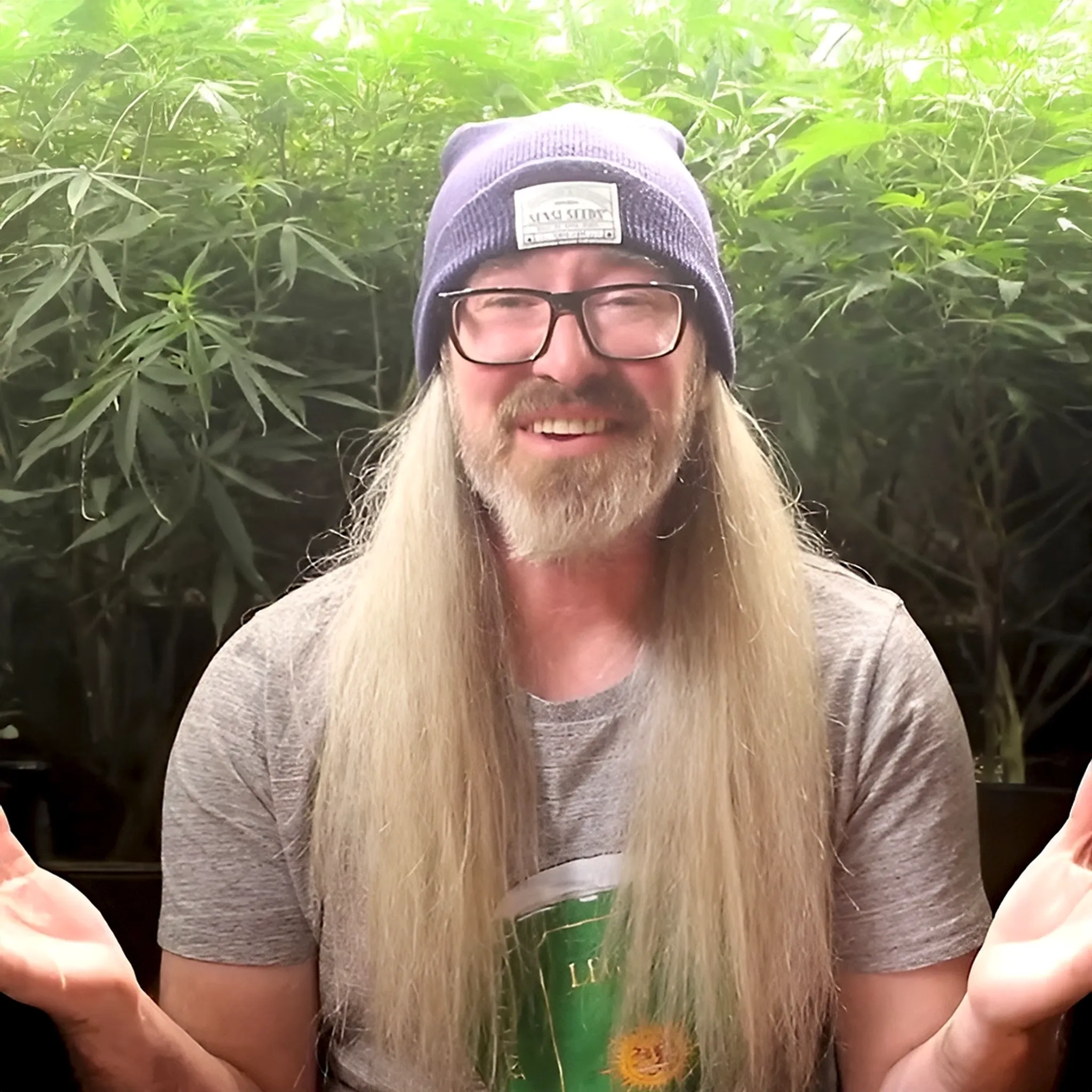
Chad Westport
Chad Westport, a lifelong grower, breeder & cannabis educator, specializes in controlled environment ag with a degree in sustainability.
Continue Reading
You might also find these interesting.


